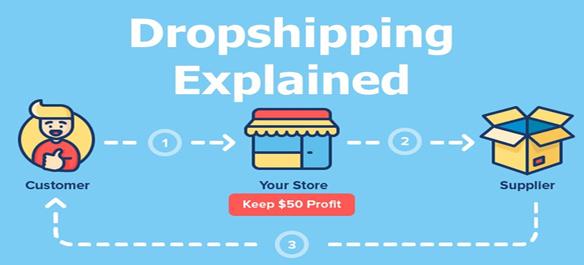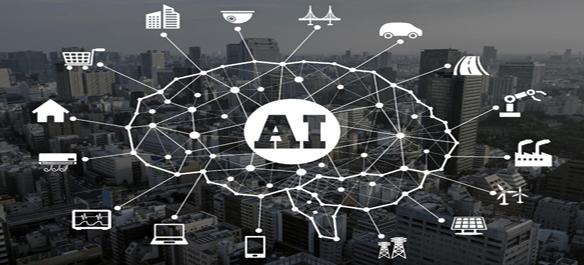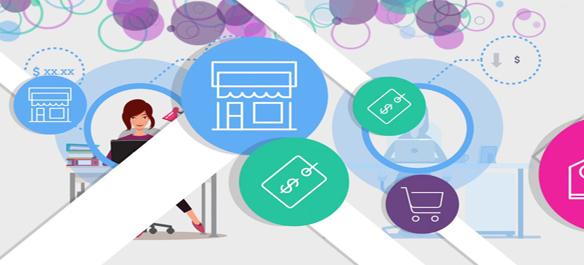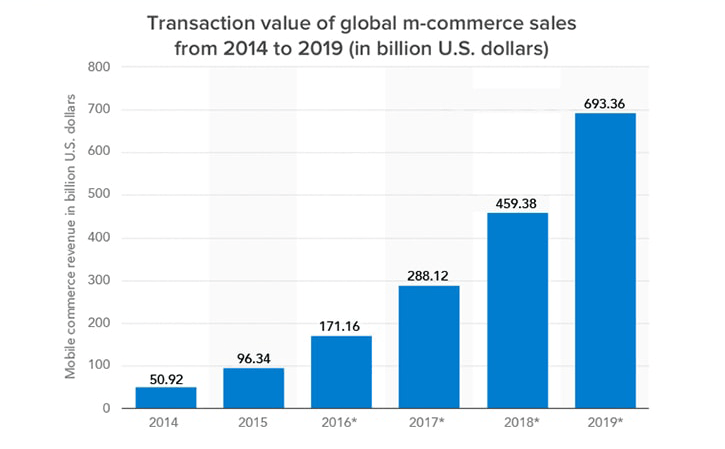Latest Ecommerce Website Development Trends You Can't Ignore in 2019
Bài đăng này đã không được cập nhật trong 6 năm
According to Statista, the eCommerce market will increase its sales by 246% by the end of 2021. eCommerce market is booming each year with online stores offering huge discounts, offers, and convenience to the end users. eCommerce trends have undergone massive series of changes during the last few years. 2018 witnessed an increased use of mobile devices for shopping and use of augmented reality and other advanced technologies.
The worldwide eCommerce revenue amounted to USD 2290 Billion – Statista
If you own an eCommerce store, having eye catchy images and an eCommerce plugin is not enough to sell your products in 2019. Store owners need to keep an eye on the latest eCommerce market trends to bring innovations in the marketplace. eCommerce development companies are thinking out of the box to deliver attractive and easy to use online stores.
We have listed top 12 trends that can transform your eCommerce business in 2019.
1. Dropshipping

Dropshipping has become a common trend these days as sellers do not prefer to stock up the products. When a store sells the product, the items are directly shipped to the customer from a third party. In such scenarios, the merchant never sees or handles the product. One of the major advantages of this model is that it does not require a huge investment. There’s no need to worry about managing a huge inventory or the warehouse. Businesses that wish to start small can think of dropshipping and scale up the business later on.
2. Artificial Intelligence

Personalization is the key for success of online shops. AI-powered software can gather historical data about the purchases and help sales teams drive conclusions for increasing their sales. Artificial intelligence has 3 major elements: Data Mining, NLP, and ML. Machines learn to assist customers better and provide new opportunities to build up trendy solutions.
3. Augmented Reality and Virtual Reality

This is one big move in eCommerce industry. Augmented Reality and Virtual Reality help the store owners create an environment that seems real and helps buyers choose the products according to their preference. Imagine that you need to buy a new sofa and there is a store that offers a solution for you to image how different sofas look at Sephora, a French cosmetic store uses augmented reality app to help users try different makeup looks without leaving the comfort of their space. Lenskart is an Indian eCommerce platform that allows the users to try hundreds of frames virtually.
Machine learning offers better customer shopping experience to the users. Product recommendation via machine learning helps eCommerce websites increase their sales. Amazon and IKEA are the two giants that are working on AR-based apps to make buying easier, more convenient, and interesting for the users.
4. IoT

With the advent of IoT devices such as smart mirrors, users can try outfits and accessories virtually. Internet of Things has changed the way consumers shop online. Store owners can manage their inventory with IoT sensors and RFID tags. IoT also ensures an efficient supply chain management for eCommerce businesses. With the increasing use of sensors, microchips, and actuators, IoT will have a huge impact on the eCommerce industry.
5. Voice Search

Voice searches make up 20% of mobile searches and industry experts believe that Voice search is a game changer in the eCommerce sector. It is estimated that the use of voice search will increase to 50% by 2020. There will be a rise in the use of voice assistants and more than 67 million devices would be available by 2019. Shoppers love voice search and it’s time for eCommerce business owners to en-cash this opportunity by leveraging voice search.
6. The rise of ROPO

ROPO (Research Online, Purchase Offline) is a common consumer trend these days. Shoppers prefer to research the products online and then purchase them offline. ROBO (Research Online, Buy Offline) trend is also gaining popularity since the last few years. With information about the products and services available with a simple click, smart consumers read the online reviews before purchasing any product. The users get access to detailed product descriptions online. Once they have made up their mind to purchase items, they would walk into a retail store nearby, and buy the product after they check it physically.
7. Chatbots

Chatbots are automated programs that are capable of performing repetitive tasks at a faster rate as compared to humans. These programs pretend to be humans that can be interacted with easily via text or voice inputs. Chatbots have been changing the eCommerce shopping experience since the last few years. From solving the customers’ queries to enabling buyers to find the right products, chatbots give an amazing experience to the users. Buyers expect the online websites to treat them as old friends. Chatbots provide a conversational assistant to help interested buyers make buying decisions faster. They help retailers and eCommerce store owners get more customers and increase the sales online. If you haven’t thought of using chatbots for your company, it’s time to construct a bespoke chatbot to drive engagement and sales.
8. Dynamic and Intelligent pricing

Online shoppers are getting smarter day by day and prefer comparing the prices of products and services online before making a purchase. Adjusting the prices according to the current market conditions help you stay competitive. Retailers and online store owners make use of dynamic pricing to maintain profitability. eCommerce store owners should adjust the prices based on the changes in supply, customer demand, and other factors. With the new advancements in the dynamic pricing process, you do not need to manage the prices manually. Intelligent pricing leverages AI to analyze the existing marketing conditions and generate the best pricing for your online store. Store owners can make strategic pricing decisions in a better way quickly using this advanced technology.
9. eWallets

For consumers, digital wallets are a great alternative to using debit or credit cards for both online and in-store payments. eWallets prevent credit card fraudulent activities. Google Pay, PayPal, Stripe, Samsung Pay, and Apple Pay are some of the common eWallets used by people all over the world. We can expect the surge of eWallets in 2019.
10. Growing use of mobile commerce

Mobile devices are used widely for online shopping. With the growing use of mobile phones and tablets, there has been a boost in the eCommerce industry also. If your online shop isn’t mobile friendly, you could be losing a lot of business. 40% of the online shoppers who had bad experience while shopping from a website through their mobile devices never turned back to the same site. Instead, they looked for competitors for online purchases. A strong mobile experience can give you access to more shoppers all the year round. Make sure that your website works well on all the smartphones and mobile devices to help you get measurable advantage over your competitors. Responsive layouts, SEO optimization, and visually-oriented content contribute towards a positive mobile experience for the users.
Learn more here
All rights reserved